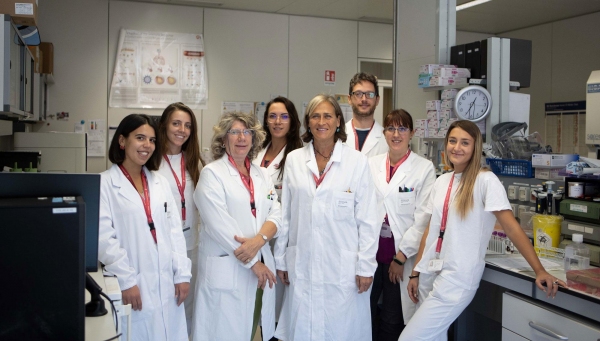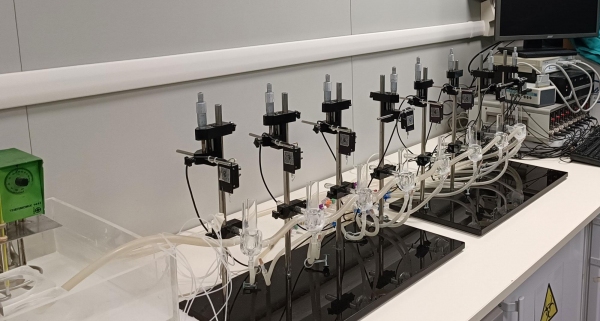Innovative strategies in organ and cell transplantation and approach to the transplant candidate /
General Surgery - Liver Transplant
Liver donor pool expansion and ischemia/reperfusion injury (IRI)
This strand of research, in collaboration with Preclinical Research Service, is based on both clinical and preclinical activities with an obvious translational and bidirectional approach between laboratory and clinic. The main objective of the study is (through a multidisciplinary approach) the characterization (biological and omics) of events secondary to the donation and transplantation process, with particular focus on IRI, in order to be able to increase the number of usable organs and improve the outcomes of the liver transplantation process by reducing organ dysfunction. The specific objectives are:
Preclinical research activities:
- Development and characterization of models of organ damage, both in-situ and ex-situ, multi-organ donation and its optimization
- Development of ex-situ liver perfusion models and biological/omics characterization
- Ex-situ treatment of liver grafts by cell-derived and pharmacological therapy
- Study of signaling mechanisms and damage markers in hepatic IRI
Clinical research activities:
- Characterization and optimization of cadaveric donation
- Characterization of liver grafts during in-situ and ex-situ static preservation and perfusion
- Search for markers of liver damage and function in the donation process
Portal Hyperflow and graft dysfunction in liver transplantation
The conception of this study stems from the need to better understand the events that lead to graft dysfunction post-transplantation. The latter is often attributed to donor-related factors or recipient characteristics while the possible post-transplant influence of portal-hyperlfow (pHy) secondary to cirrhosis is little analyzed. Thus, the main objective of this study is to evaluate the role of pHy in graft dysfunction in the liver transplant patient. Through a multidisciplinary approach, the specific objectives are:
- Characterization of graft dysfunction post liver transplantation
- Characterization of Phy in transplantation through morphological, hemodynamic, and biological parameters.
- Evaluation and identification of markers of PHy and graft dysfunction
- Possible treatment of PHy post liver transplantation
Socioeconomic determinants in liver transplantation and donation
The COVID19 pandemic has further highlighted the already pre-existing health inequalities and the importance of social conditions in determining health status. Social determinants (SDOH) have been related to disparities in prevalence, outcomes, and access to care for various diseases. The main objective of this study is to evaluate the impact of SDOHs on liver transplant outcome and in the likelihood of donation. The specific objectives are:
- assess the distribution of SDOHs in individuals on the liver transplant list and among donors
- correlate SDOHs to specific liver transplant outcomes
- correlate SDOHs to the likelihood of organ and tissue donation
- design common strategies to mitigate SDOHs
Research program on complex surgical and microsurgical models
Assist other Hospital teams in performing and devising preclinical surgical and microsurgical models (in collaboration with Preclinical Research Service)
Infections in liver transplantation
In collaboration with the Hospital's Infectious Diseases (lead manager), development of a registry of post-liver transplant infections. Infections (both bacterial and viral) are a major cause of post-liver transplant morbidity and mortality. The goal of this study is to understand the incidence of infections and reduce their impact both in terms of frequency and related complications. To achieve this goal, a retrospective and prospective registry collecting post-liver transplant infections and the peri-liver transplant course was constructed.
- Azienda Ospedaliera Universitaria Città della Salute Torino
- Azienda Ospedaliera Universitaria Padova
- Azienda Ospedaliera Pisana Pisa
- CERGAS SDA Bocconi School of Management Milano
- Agenzia Sanitaria e Sociale regionale Regione Emilia-Romagna
- University of Wisconsin (US)
- Werner Siemens Imaging Center Tubingen (Germany)
- HBO2-therapy (US)
- Cleveland Clinic Abu-Dhabi (AE) e Cleveland (US)
- University of Zurich (SW)
4 surgeons
—
Other activities in this Research Line
Innovative strategies in organ and cell transplantation and approach to the transplant candidate
Thoracic Surgery and Lung Transplant
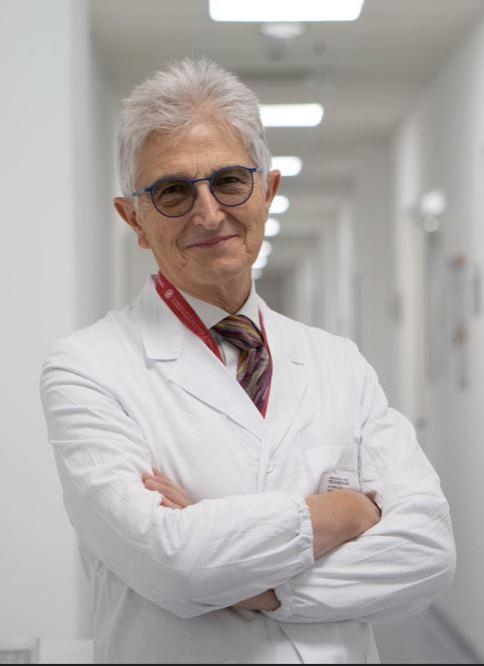
Mario Nosotti
Anatomical Pathology
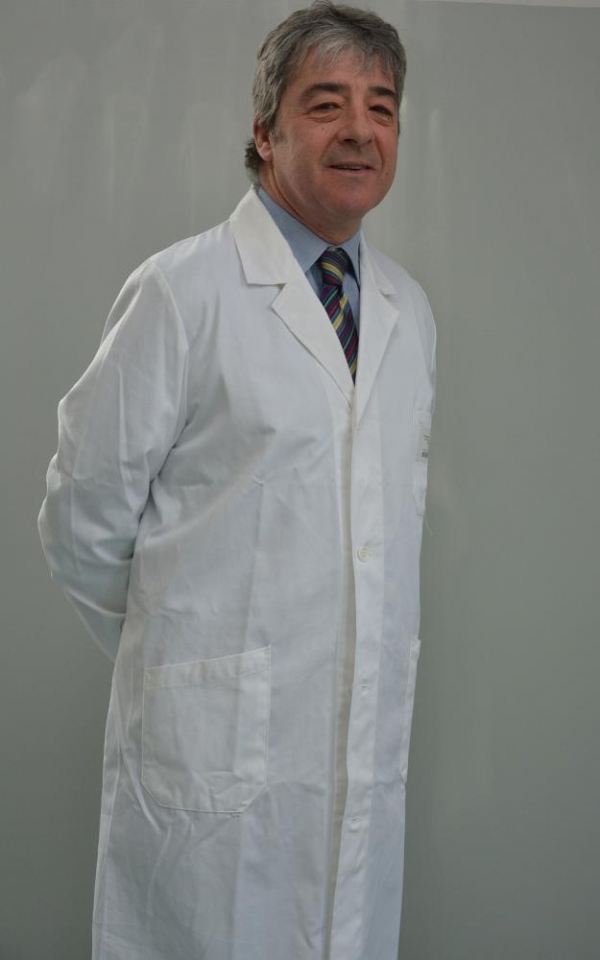
Stefano Ferrero
Pediatric Nephrology and Dialysis - Kidney Transplantation
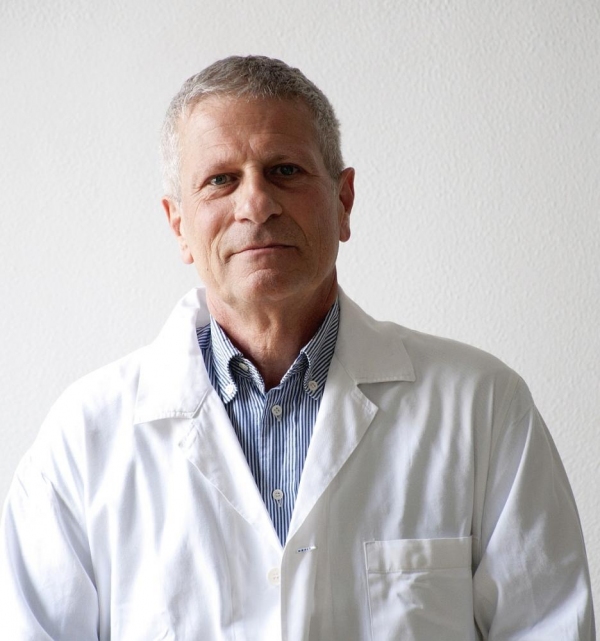
Giovanni Montini
Pediatrics - Gastroenterology, hepatology, pediatric transplantation and Cystic Fibrosis
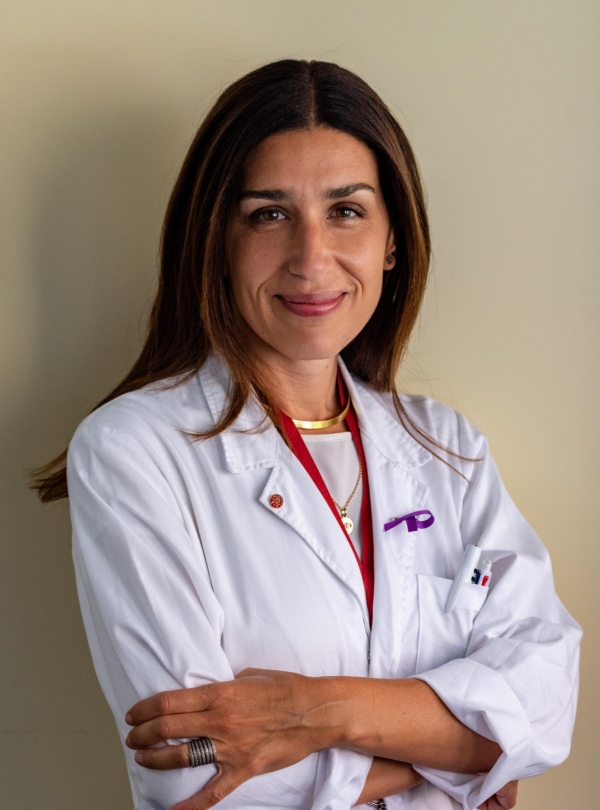
Marina Aloi
Nephrology, Dialysis, and Kidney Transplantation

Giuseppe Castellano




